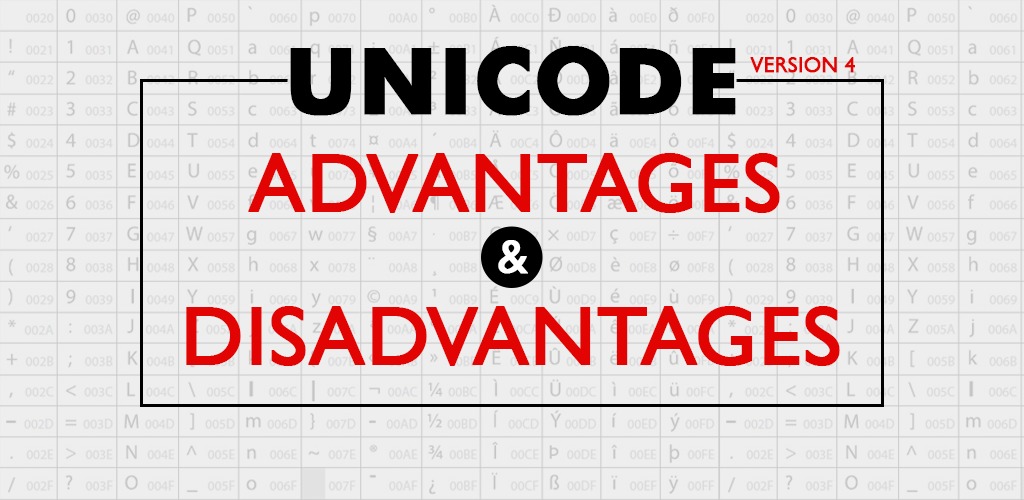UNICODE 4.0
The Unicode version 4.0 was released in April 2003. It contained 52 scripts of the world’s writing system. This version of the Unicode standard is an important version. The text of version 4.0 has been written repeatedly to ensure its clarity and structure. Major changes to introductory and conformance chapters have been added also. To cover historic usage and dictionaries, extensive CJK unified ideographs have also been added. This version also includes many mathematical symbols as well as many individual characters. Some currency symbols were also included in the scripts including Latin, Greek, Khmer, Syriac, Arabic, and Indic.
This version of the Unicode standard has significantly improved specifications for conformance requirements and character encoding. It also supports the encoding of supplementary characters. It features some formalized policy for the stability of the Unicode standard. This version also includes many minor scripts such as Philippine, Limbu, Osmanya, and Tai Le scripts. Along with minor scripts, it also features several historic scripts including Ugaritic, Linear B, and Cypriot. It encodes the characters in 16-bit encoding as well as in UTF 32-bit encoding scheme.

The Unicode version 4.0 contains a total of 94,382 characters. The primary feature of this version is the addition of new 1226 characters. These additional characters include some currency symbols, Tai le and Limbu scripts, Cyrillic and Latin characters, new variation selectors, Linear B syllables, and ideograms. This new addition of characters in the set extends the block of modern currency symbols being used.
UNICODE 4.1
This Unicode version was released in March 2005. This version of the Unicode standard added 59 scripts of the world’s writing system which are 7 more than the scripts of version 4.0. The text of this version has also been rewritten for its clarification and assurity of its structure. In addition to its feature, it gathers errata and corrigenda to the text. Unicode standard Annexes is a part of Unicode version 4.1. It contains a total of 96,675 characters from the world’s script. It adds 1273 new characters including some currency symbols, complete roundtrip mapping, some Indic and Korean characters, and eight new scripts. The CJK unifies ideographs have some changes with the addition of Han characters.
This version of the Unicode standard also has support for encoding musical symbols. Bit covers many historic scripts as well as modern scripts including Buginese, Tai Lee, Old Persian, Syloti Nagri, and many more. Some Ancient Greek numbers and musical symbols are also added in this version of the Unicode Standard.
Advantages and Disadvantages of Unicode 4.0, 4.1
Following are some of the advantages and disadvantages of these Unicode versions:
One disadvantage of Unicode version 4.0 is that it is not synchronized with ISO/IEC -2nd edition where version 4.1 supports it with 1 amendment. Another advantage of Unicode version 4.1 is that it adds Ancient Greek numbers as well as musical symbols. The addition of musical symbols encoding is new, as it was not added in any of the previous versions. Version 4.0 also has notable features and advantages. It features new properties, Soft hyphen, Prefix format control, Modifier letters, Mongolian vowel separator, and many more.
Read More
